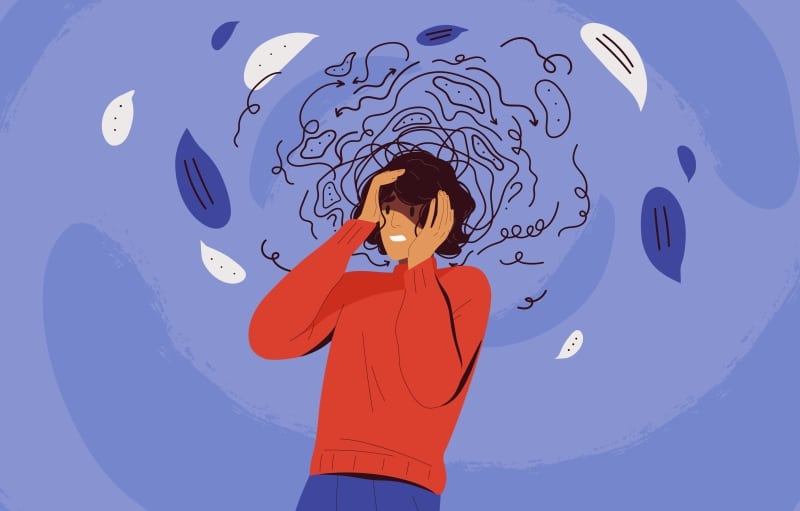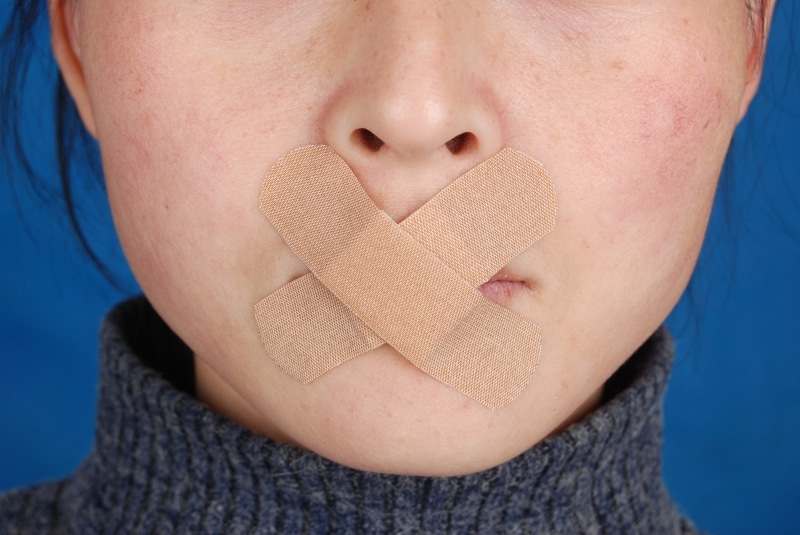What can you do to better Tolerate your Emotional Pain?
We all experience moments of pain as part of our life journey. This pain can be emotional or physical. However, for some people, particularly those suffering from Borderline Personality Disorder (BPD), daily experiences that create frustration are experienced as an overwhelming emotional pain that they cannot tolerate it. They respond with unhealthy behaviours such as isolating themselves, not taking care of their problems, fighting with others, and engaging in self-destructive behaviours like binge-eating or drinking, using drugs, or cutting or burning themselves. Dialectical Behavioural Therapy (DBT) is a therapeutic approach that teaches skills so people can tolerate their distress and change their coping mechanisms. These methods of treatment are called Distress Tolerance Technique
How to Cope with High Distress
1. Accept whatever is happening at the moment
This is called Radical Acceptance
Although the first reaction to distress may be to get angry, upset, and self-critical, you may probably know that this doesn’t help you to feel better. Radical acceptance suggests that acknowledging and accepting the present situation without judgment or criticism is the first step to creating some space between you and the event. It does not mean that you agree, or are happy with what is happening, simply that you recognize that a chain of events led you to be here, where are you are, right now.
2. Do something to create a new sensation in your body
To distract yourself from destructive behaviours you can try some actions that will not harm you but can still help relieve some of the overwhelming emotions. For example, instead of self-cutting, hold a few ice cubes in your hand until they melt, write some lines with a red pen or marker on your body as if they were cuts, or snap your wrist with a rubber band. If you are very angry you can throw eggs into the bathtub, hit a punching bag, a doll, or a pillow.
3. Pay Attention to Something or Someone Else
Choosing activities that you enjoy will help you to feel good, occupy your mind, and distract yourself from the distress and anger(anger management). There is an endless list of possibilities, some of which you may enjoy more than others. Here are just some ideas. Feel free to select a few from this list or come up with your own to try next time you find yourself in a distressing situation.
- Paint or doodle
- Take a bubble bath
- Go people-watching in the park – this helps to take the attention off of yourself
- Go to a cafe and pay attention to the sounds and smells
- Write a Thank You letter to someone you care about
- Organize your books, desk, or drawers
- Watch a funny movie
- Cook something that you like
4. Practice Self-Soothing
Feeling relaxed allows us to function better, think more clearly, and be more efficient. There are many techniques and exercises to relax during the day and at night. Here are some ideas to try and find what works best for you.
- Burning scented candles
- Hugging a friend or family member that makes you feel good
- Going to places that makes you feel calm
- Looking at pictures of situations when you were happy or places that you like
- Listening to music that relaxes you
- Listening to the sounds of nature, you can do this outside or from a recording
- Drinking something soothing like a hot cup of cocoa or tea
- Taking a hot bath
- Playing with your pet
Problem Solving
Once you have been able to accept and tolerate the distress. You may now attempt to solve the problem that first caused you distress.
- Identify the problem
- Write down all possible solutions to your problem, then select the best alternatives
- Evaluate the alternatives by making a list of pros/cons
- Decide on a plan (or two or more), and how you are going to implement it
- Implement the plan
- Evaluate the outcome, revise the plan if necessary, or select a different alternative to implement
These are all techniques that help people to better cope when they are in high distress. We hope you find them helpful. If you try some please feel free to share which ones worked best for you and why.
To book an appointment, click here
Written By: Dr. Silvina Galperin Ph.D., C. Psych.




